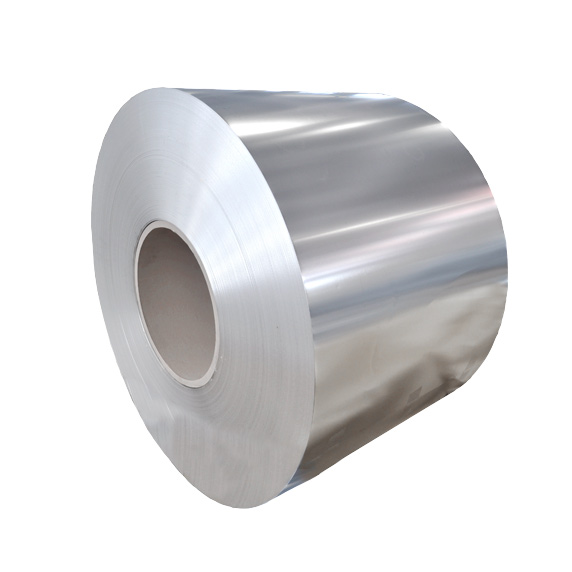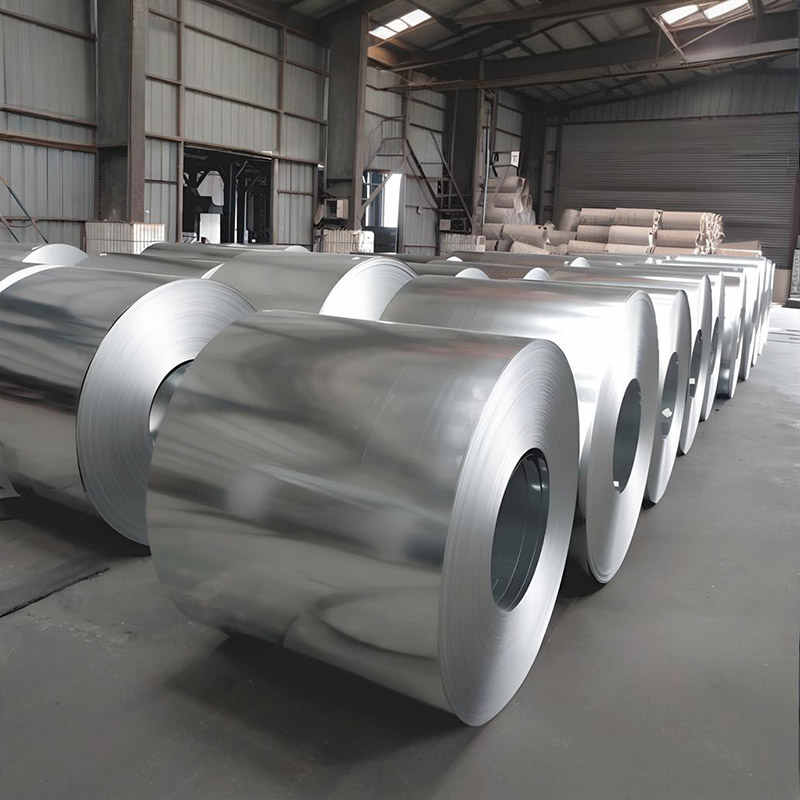What exactly is tinned steel strip and why has it become indispensable in modern packaging? Tinned steel strip, a thin sheet of steel coated with a layer of tin, serves as the backbone for countless packaging solutions worldwide. Its unique combination of strength, corrosion resistance, and formability makes it the material of choice for manufacturers seeking reliable packaging solutions.
How does tinned steel strip enhance product preservation? The tin coating acts as an exceptional barrier against oxygen, moisture, and light, significantly extending the shelf life of packaged goods. This protective quality is particularly crucial for food products, where maintaining freshness and safety is paramount. The steel substrate provides structural integrity, preventing deformation during transportation and storage while ensuring the packaged contents remain uncontaminated.
What applications benefit most from tinned steel strip? From beverage cans to food containers, aerosol cans to paint buckets, tinned steel strip demonstrates remarkable versatility. In the beverage industry alone, over 100 billion cans are produced annually, with tinned steel accounting for the majority due to its lightweight yet durable nature. The material’s ability to be precisely cut, shaped, and sealed makes it ideal for high-speed automated manufacturing processes.
Why is tinned steel strip considered superior to alternative packaging materials? Unlike plastic, which can leach chemicals into contents, tinned steel provides a completely inert barrier. Compared to aluminum, it offers greater strength at a lower cost. The material’s excellent thermal properties also allow for efficient sterilization processes, making it perfect for canned foods that require heat treatment.
Industry Insight: “The evolution of tinned steel has been remarkable,” says Maria Rodriguez, packaging engineer with over 15 years of experience. “We’ve seen coatings become thinner while maintaining effectiveness, reducing material use without compromising protection. What excites me most is the development of hybrid materials that combine steel with other substrates to create even more sustainable solutions.”
What role does sustainability play in tinned steel packaging? Steel is one of the most recycled materials globally, with recycling rates exceeding 80% in many countries. Tinned steel packaging can be recycled indefinitely without loss of quality, significantly reducing environmental impact. The material’s durability also means less product waste due to spoilage, contributing to a more sustainable food system.
As we look to the future, tinned steel strip continues to evolve with new coating technologies, lighter gauges, and enhanced barrier properties. Its proven performance, combined with ongoing innovations, ensures that tinned steel will remain a vital component in the packaging industry for decades to come.



